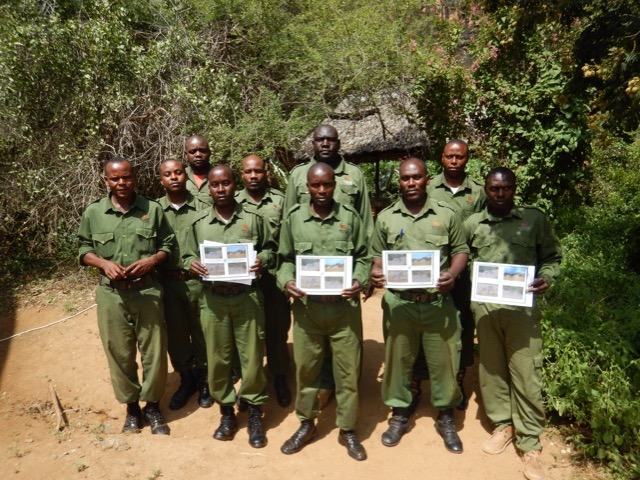Great Grevy’s Rally – Grevy Zebra Cencus Count
On January the 30th and 31st 2016, the “Great Grevy’s Rally” was held in Kenya. This was designed to give an overall estimate of population of the Grevy’s zebra in Kenya, as well as to help researchers calculate potential growth.
The Grévy’s zebra (Equus grevyi), also known as the imperial zebra, is the largest extant wild equid and the largest and most threatened of the three species of zebra, the other two being the plains zebra and the mountain zebra. Named after Jules Grévy, it is the sole extant member of the subgenus Dolichohippus. The Grévy’s zebra is found in Kenya and Ethiopia. Compared with other zebras, it is tall, has large ears, and its stripes are narrower. Source: Wikipedia
Current estimates put the total population of Grevy’s Zebra remaining in the wild in Kenya and Ethiopia at approximately 1,966 to 2,447 (2008). From 1988 to 2007, the global population of Grevy’s Zebra declined approximately 55%. The worse case scenario is a decline from 1980 to 2007 of 68%. The number of mature individuals is approximately 750, and the largest subpopulation is approximately 255 mature individuals.
In Kenya, the Grevy’s Zebra population declined from an estimated 4,276 in 1988 to 2435-2707 in 2000 to 1567-1976 in 2004 to an estimated population size of 1468-2135 in 2006. In 2007, the population estimate of 1838-2319 indicates that either more individuals were being accurately observed or that the population is stabilizing and increasing (2007). The trend from 1988 to 2006 (18 years) is a decline of 50 to 66%.
In Ethiopia, Grevy’s Zebra declined from an estimated 1,900 in 1980 to 577 in 1995. In 2006, the population in Ethiopia was estimated to be 128. The trend from 1980 to 2003 (23 years) is a decline of roughly 94%.
The density and area of occupancy of Grevy’s Zebras fluctuates seasonally as animals move in their search for resources. During the dry season, when they are dependent on permanent water, animals tend to be more concentrated. However, given that they can move up to 35 km from water even during the dry season, their densities are never high. They are most abundant and most easily observed in the southern portion of their range in southern Samburu and the Laikipia Plateau. Source: IUCN Red List of Threatened Species
The count was mostly carried out in Northern Kenya, however the smaller satellite population in the Tsavo Conservation Area (TCA) was also included.
The areas in the TCA that Grevy’s zebra are found are located in the Kasigau Corridor REDD+ Project area. Four teams from Wildlife Works, made up of 6 rangers, divided up the zones where there have been known sightings of the Grevy’s. The count took place over two days, beginning at 06.30hrs and finishing at 16.30hrs each day.
Each team had to photograph the right hand side only, of any Zebra individual they found. The photos were GPS tagged to clearly show the location of each animal and will then be processed by the Image Based Ecological Information System (IBEIS), which will identify the individual and its age and sex, and will record the observational time and location. The IBEIS results will estimate the size of the Grevy’s zebra population throughout Kenya.
In total the teams found 13 individuals over the course of three days. This may sound like very few, but given the species rarity (estimated only 50 individuals in this area) and the thick bush and green conditions, we think that was quite an achievement in itself!
All the results have now been submitted to the Grevy’s Trust for final analysis, and inclusion into the overall census. The results of the population of Kenya’s Grevy’s zebra should soon be published.
Thank you to all the Wildlife Works rangers who took part!





